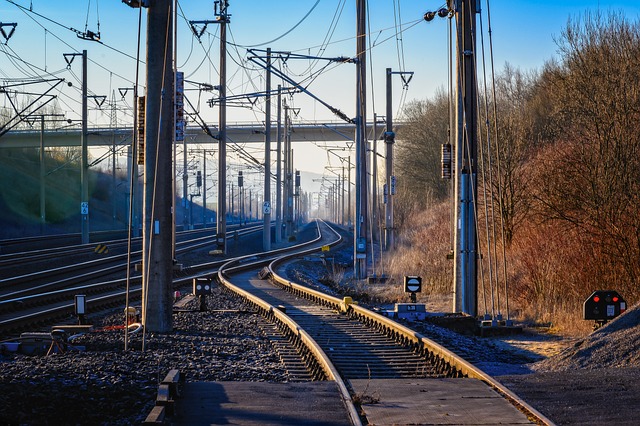In 2013, fifteen railroad workers were killed either on or near the tracks. This figure has increased compared to eight in 2012, and five in 2011. This has prompted the National Transportation Safety Board (NTSB) to undergo a study of the current safety standards. The belief is that some of the federal workplace safety standards should be extended to railroads. Most recently, the NTSB met on September 24th to discuss the special investigation report on the recent surge in deaths of railroad and rail transit roadway workers. (NTSB Press Release).
Railroad and rail transit roadway workers are subject to on-the-job risks and hazards that are markedly different from those faced by other railroad employees. Of the fatalities in 2013, 11 resulted from 11 accidents on freight railroads and four were on commuter or transit railways.
“Railroad roadway worker deaths have increased over the past three years,” said NTSB Acting Chairman Christopher A. Hart. “This trend is unacceptable.” (NTSB Press Release).
Among the report’s findings is that differences between regulations of the Federal Railroad Administration and the Occupational Safety and Health Administration can be confusing. It also recommends that the railroad administration include OSHA standards during job briefings for roadway workers. One notable difference in the regulations is that the Federal Railroad Administration’s (FRA) rules do not require workers in a bucket lift to be hooked into the bucket, while the Occupational Safety and Health Administration (OSHA) would require that level of protection. (Associated Press)
Causes of deaths included workers hit by trains, falls from bridges, electrocution and a mudslide. Accidents such as train crashes and derailments were not part of the study.
If you or a loved one are a railroad worker who has been injured at work, please contact us today to discuss your rights under the Federal Employers Liability Act.





